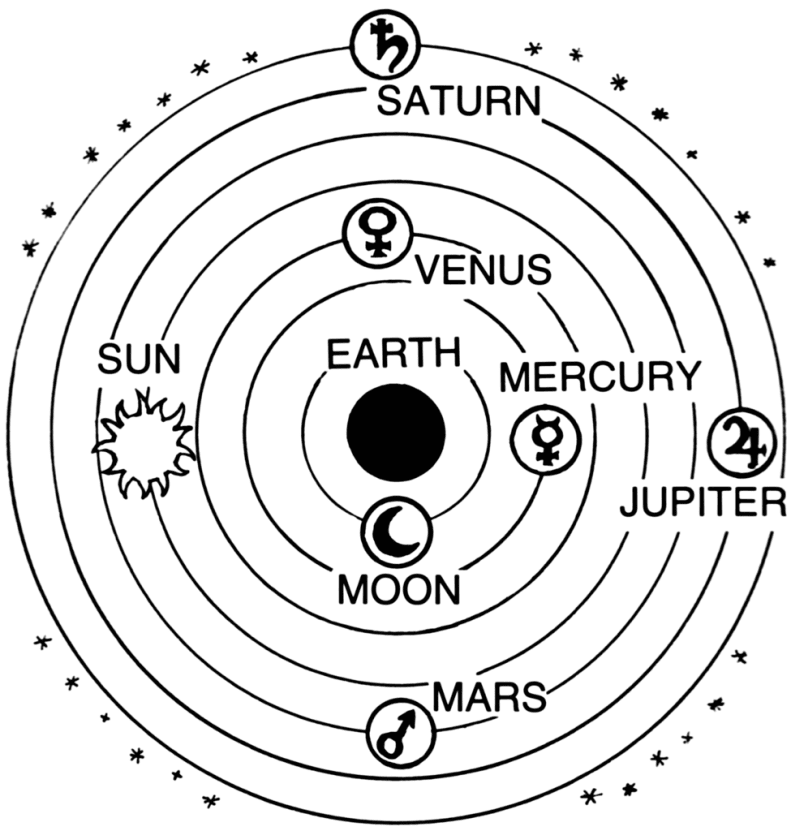zaangalewa
Gold Member
- Jan 24, 2015
- 21,232
- 2,148
- 140
What's your consensus?
Does Gravity interact with matter, regardless of it's dimensional origin? If so, is Gravity the answer to Dark Matter...?
Will we ever even be able to peer deep enough into the world of the Very Small to test these things (perhaps via String Theory)?
I'd love to hear everyone's theories on the matter.
No Politics Please.
How anyone can say anything other than unsure is beyond me. We just don't know.
But we know nothing on different levels of competence. Scientists should know how to build a cathedral of knowledge. If we don't know: On what reasons do we not know? Are there ways? Are there no ways?
Scientists are looking for information and ploughing forwards with their ideas. However, on the multiple universe thing, I'd say we so far away from knowing that it's ridiculous to even bother.
A second ago a universe was where you was. What is now there?
Still here. Nothing has changed much from a second ago.
Astonishing idea.
Last edited:




